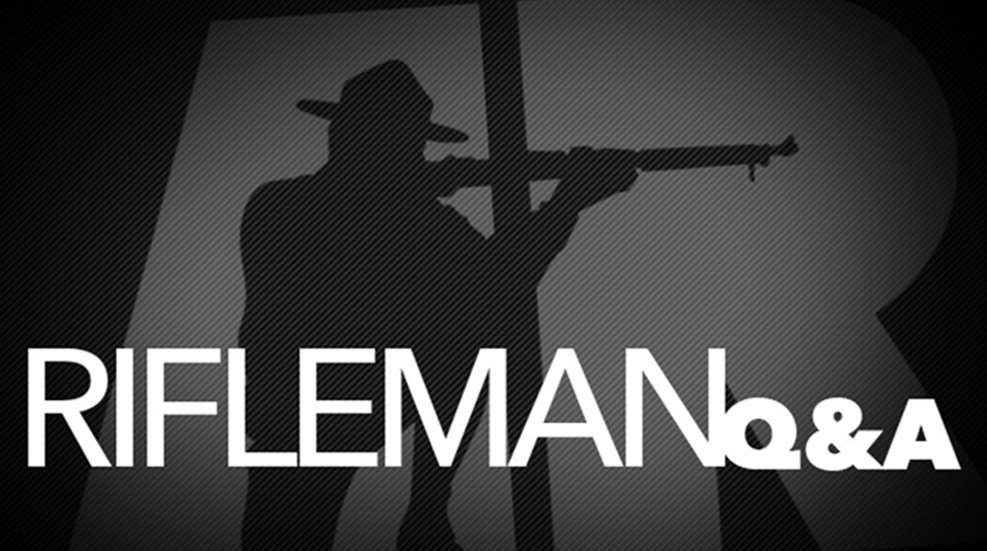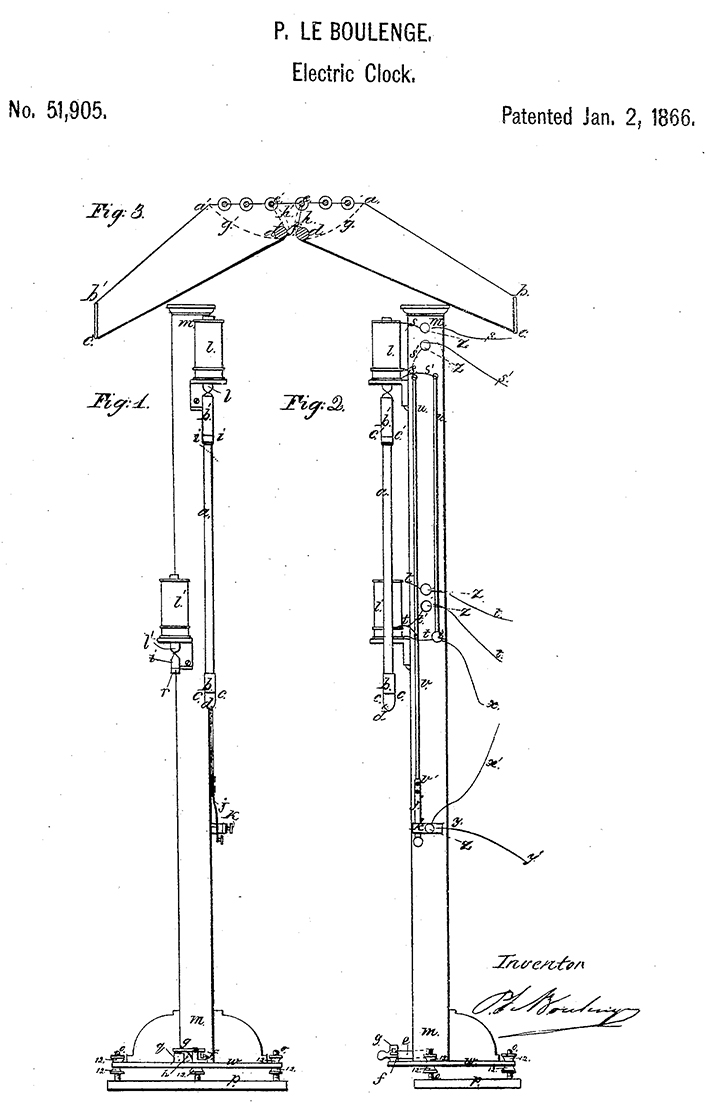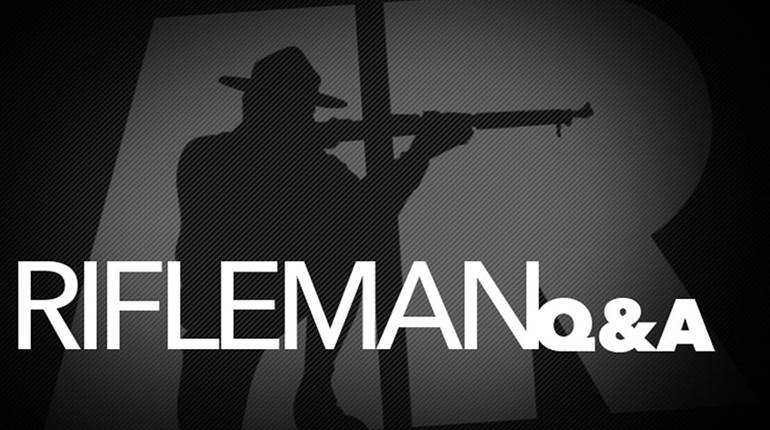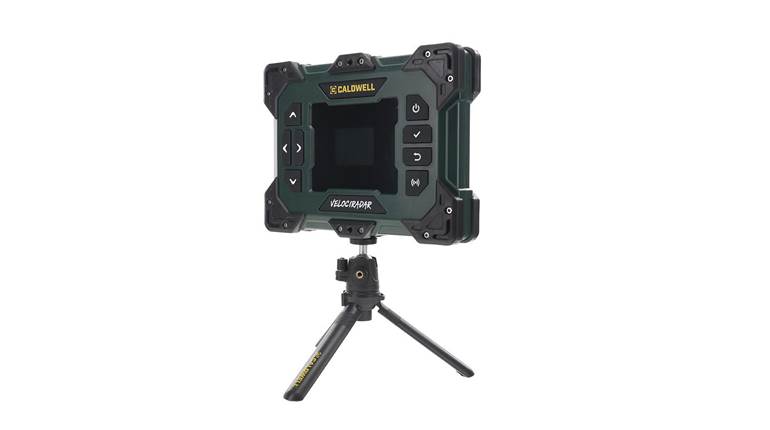
Q: I am reading a book, The Rifle in America, by Philip B. Sharpe, first published in 1938. The first mention of muzzle velocity is on p. 22, referring to the Model 1842 Percussion Rifle. Muzzle velocity is mentioned many times concerning rifles made prior to the 1938 publication date, and I am wondering what methods were used to measure muzzle velocity back then?
A: It would probably surprise most people today, but by the late 19th century, there were available fairly sophisticated electro-mechanical chronographs, notably the Le Boulenge and the Benton Electro-Ballistic. Their use was pretty much limited to those with the funds to obtain them, in the case of the United States that would be the federal government, specifically the military.
Nonetheless, well into the 20th century, most published “measurements” were obtained with the use of carefully constructed pendulum devices. Principles of physics were applied by measuring the movement of a known-weight object when struck by a bullet fired into it. Because the weight of the bullet was also known, the energy delivered to the object could be calculated. From that figure the velocity of the bullet could be computed. I know it works; my high school physics teacher constructed a simple, yet effective, pendulum system in our classroom, and we spent several hours firing a variety of .22-cal. rimfire ammunition in order to determine its velocity (that was 50 years ago). The process is tedious and time-consuming, but can produce quite accurate results if carefully performed in a controlled environment.




































